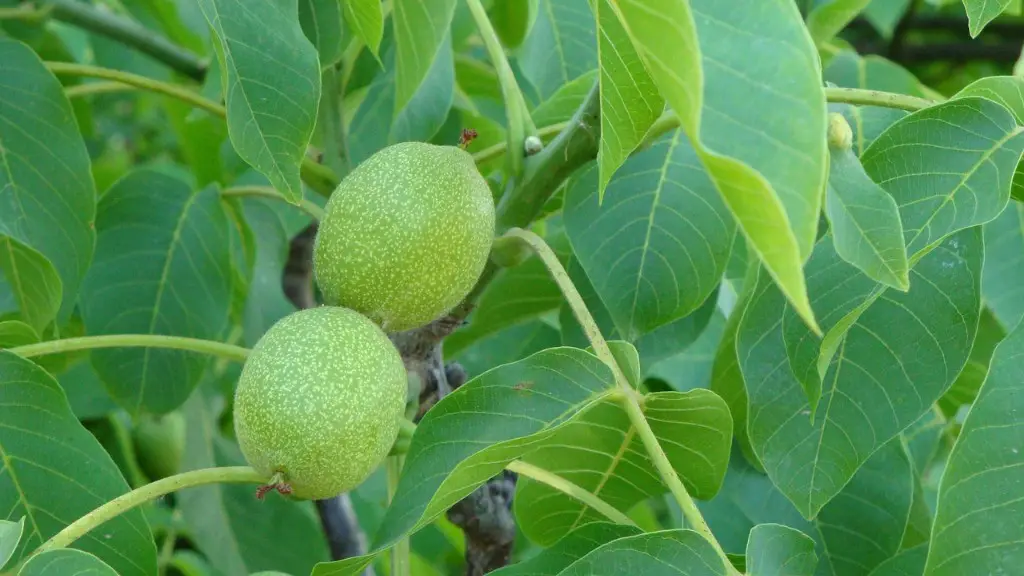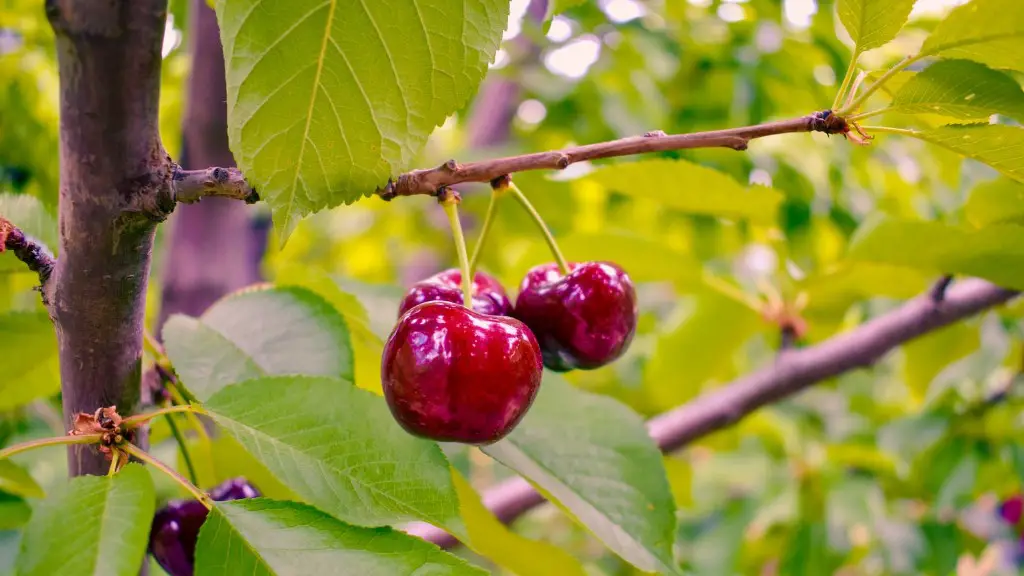Soil Requirements
Avocados are native to Central and South America, so they thrive in sandy, well-drained loam soils with a pH of 6.0 to 6.5. They are tolerant of poor soils with low organic matter, but they will not grow well if the soils are compacted or waterlogged. When planting a mature tree, dig a hole twice as wide and just as deep as the root ball. Slope the sides to channel water away from the tree. Regardless of the soil you have, a few rounds of fertilization will ensure that your tree grows strong and healthy.
Fertilization
Avocado trees need regular fertilization. Feed plants with a balanced fertilizer like 8-10-10, which is a mixture of NPK, meaning nitrogen-phosphate-potassium. When the tree is about five years old, you can begin to feed it around the entire circumference of the dripline, the edge where the tree’s [reach], from early spring to late summer. For mature trees, the fertilizer should be applied in circles 2 feet out from the trunk and the dripline. Follow the instructions on the product label and apply the fertilizer evenly, preferably when the soil is damp and not too hot, to avoid burning the tree. Keep fertilizer at least one foot away from the trunk of the tree. After fertilizing, water deeply to help move the nutrients into the root zone.
Natural Fertilizers
Natural fertilizers can be used to supplement or substitute chemical fertilizers when it comes to caring for an avocado tree. Compost is an excellent source of organic matter that helps bolster micronutrient levels, improve drainage, and increase the soil’s water-holding capacity. While theNPK content of compost varies greatly, it can provide a good balance of nutrients for an avocado tree. Consider adding mulches such as shredded bark, peat moss, coco coir, and sawdust to improve moisture retention, add organic matter and reduce weed growth.
Alternative Fertilizers
Liquid fertilizers formulated especially for avocados can be an effective way to ensure appropriate levels of nutrients are available for the tree. For example, fertilizers with chelated iron can be used to address iron chlorosis, a condition caused by iron deficiency in avocado roots. Liquid fertilizers provide nutrients that are absorbed directly by the roots. These types of fertilizers are especially helpful during periods of the year when trees require supplemental nutrition, such as during the growth of flowers, fruits, and leaves.
Detecting Nutrient Deficiencies
Understand what nutrient deficiencies look like to be able to determine if your tree needs fertilizer or not. Iron chlorosis is caused by iron deficiency, and it causes yellow or white spots on the leaves. Magnesium deficiencies cause yellow spots between veins on the leaves. A potassium deficiency shows up as dry and brittle leaves, and a nitrogen deficiency causes yellowing of the leaves.
Fertilizer Frequency
Feed young avocado trees once every three months with a balanced fertilizer, such as 10-10-10. Mature avocado trees need to be fertilized only once or twice a year, and it is best to act with caution when fertilizing mature avocado trees in order to avoid over-fertilizing them. Over-fertilizing can result in the burn of leaves.
Testing Soil pH
To ensure your avocados have the nutrients they need to thrive, monitor soil pH levels. Soil pH affects the uptake of nutrients from the soil, so even if your avocado trees are getting adequate nutrition from the fertilizer, if the soil pH is too low, it will be difficult for them to absorb those nutrients. A simple soil test can be conducted to check the pH of the soil. It is recommended to test soil pH yearly, especiallyid the fertilizer program is changed.
Potassium
Potassium is important for a mature avocado tree for cell formation, photosynthesis, and fruit quality. Potassium should be applied to the soil every 12 months or before fruit ripening in the current or subsequent season. It is important to not apply too much potassium. Too much potassium can burn the roots and reduce water uptake.
Calcium
Calcium is essential, especially for the growth of healthy, firm fruit. Applying calcium is not recommended for young or newly planted trees. Calcium can be applied yearly during the months of May and June when the tree is pushing new flushes of growth. For mature avocado trees, apply 2-4 lbs. of calcium every year to avoid blossom end rot, a condition caused by a lack of calcium in the soil.
Zinc
Zinc aids in photosynthesis, and deficiencies can cause yellowing on the terminal tips of leaves. Deficiencies are common in sandy soils, so supplementing with zinc may be necessary to increase availability and improve absorption. Test the soil to determine if zinc is required and adjust the application rate accordingly. Zinc should be applied to mature trees every three months.
Applications Methods
Fertilizers can be applied using several different methods, including top-dressing, granular applications, or watering. Generally, top-dressing is preferred. Spread the fertilizer around the base of the tree, working it into the top two or three inches of soil. Granular applications are also effective, but be careful to not use too much; the fertilizer can be washed away by rain and may end up in the groundwater. Another option is to water the tree with a liquid fertilizer designed specifically for avocado trees. This will ensure that the fertilizer is applied with the perfect concentration and the right amount.
Nitrogen
Nitrogen helps develop foliage and a healthy root system. During each season, nitrogen should be applied to mature avocado trees. Using organic fertilizer is recommended; nitrogen from these products is slow-release and acts as a slow-acting feed for the tree. Organic products, such as meal and compost, are good sources of nitrogen that release slowly over time.
Sulphur
Sulfur helps the tree to absorb more nutrients from the soil. It also helps break down other nutrients, such as phosphorus and nitrogen. For mature avocado trees, it is recommended to add a small amount of sulfur around the driplines of the tree twice a year. Sulfur addition should be limited and it is important to follow the instructions on the fertilizer bag or container.
Tolerances
Avocado trees tolerate a wide variety of soil types, but thrive best with a pH between 6.0 and 6.5. While they can handle poor soils with low organic matter, they will require additional fertilization to meet their nutrition needs. Avocado trees prefer full sun, but they can also tolerate partial shade. It is important to pay attention to the soil conditions and nutrient needs of your mature avocado trees in order to ensure a strong and healthy tree.

